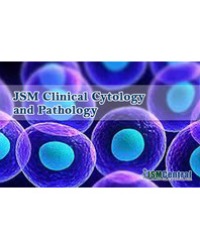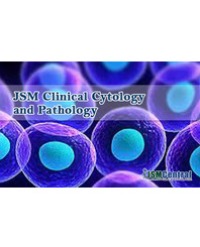
Parosteal osteosarcoma arising from the site of a prior excised osteoid osteoma: A rare progression, or an uncommon coincidence? Report of a case with brief review of the literature
Osteoid osteoma is a benign tumor of the bone widely regarded as devoid of malignant capacity or invasive potential. Osteosarcoma is a highly aggressive tumor with generally unfavorable prognosis. We present a case of a 65-year-old woman who presented with a large thigh mass proved to be a dedifferentiated high-grade parosteal osteosarcoma arising from the left femur with metastasis to the ribs, spine, and pelvic bones. The patient reported history of osteoid osteoma at the same site of the current osteosarcoma surgically removed 46 years prior to current presentation. In this report, we describe the difference between osteoid osteoma and osteosarcoma, and attempt to answer the question of possible progression of osteoma to osteosarcoma, or if it is just a coincidence.
Amber Latif*, Petr Stastka, Garrett Jackson, Matthew White, Shahed Khalefih, Yvette Singh, Amanda Lima, Mohamed Aziz



